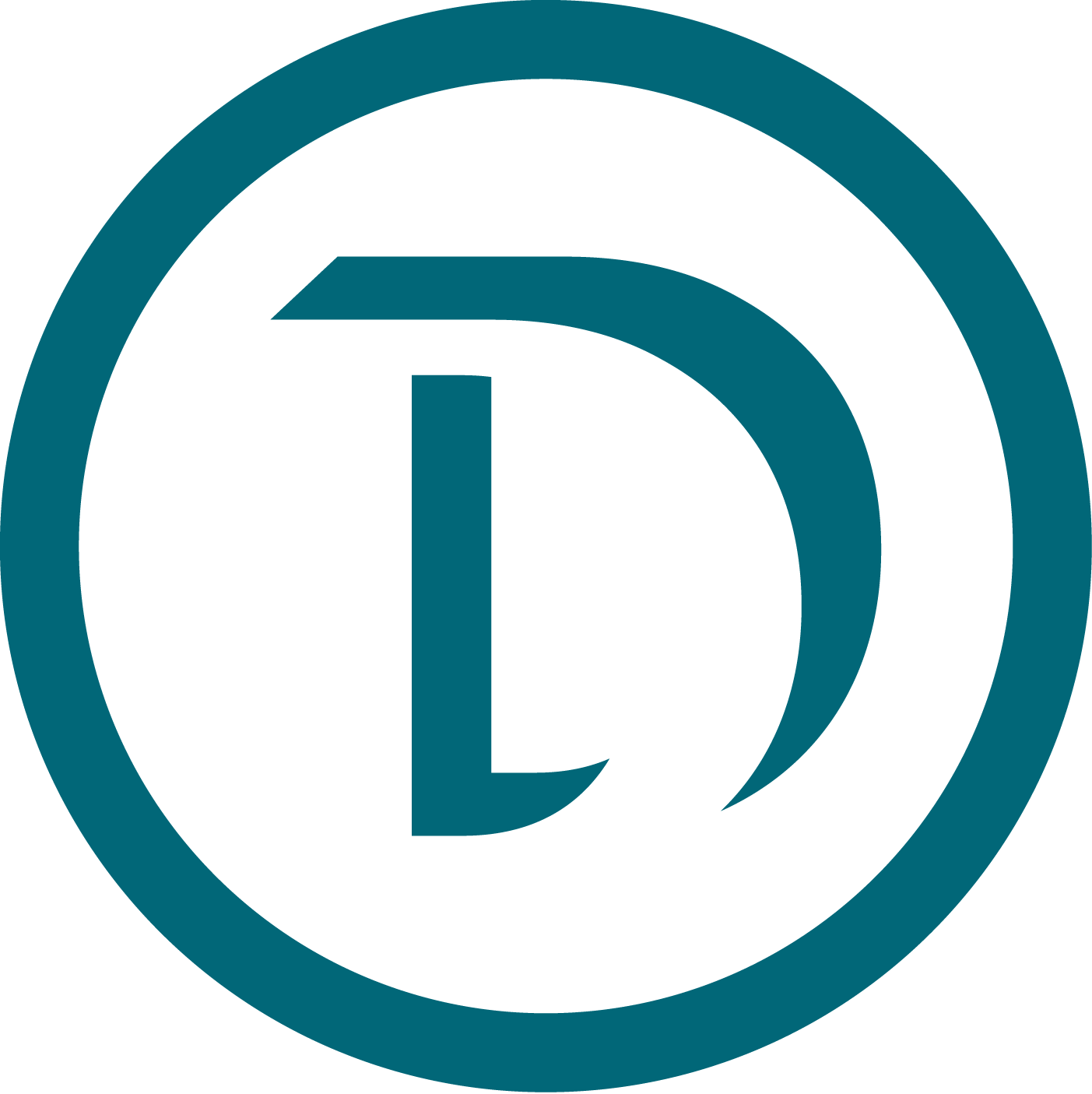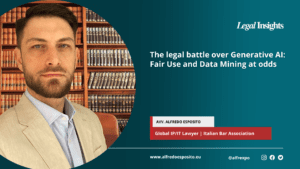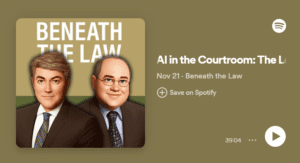
The legal dilemma concerning Artificial Intelligence and Copyright, particularly in relation to the registration of artificially generated works, has been contentious since the first pronouncements of the U.S. Copyright Office.
Artists and organizations on a global scale have expressed strong concerns for months regarding the scraping of their works by large artificial generation models for the purpose of training the datasets used in AI models. training the datasets used in AI models.
A few months ago, we reported on numerous class-actions initiated against Open AI, Stability AI, and Midjourney, companies that are alleged by Noam Chomsky to be the protagonists of the “greatest plagiarism in history.” A
fter months of waiting for decisions from U.S. judicial bodies, a setback occurred in conjunction with Joe Biden’s executive order on Artificial Intelligence.
This setback was faced by three U.S. artists who had sued Stability AI, the company behind the well-known Stable Diffusion software, which is also, according to the complainants, behind the dataset training of Deviant Art and Midjourney.
Judge William H. Orrick’s Order.
Federal Judge William H. Orrick of the District Court of Northern California issued an order in response to the motion to dismiss filed by Stability AI in connection with the lawsuit brought by artists Sarah Andersen, Kelly McKernan and Karla Ortiz for copyright infringement, infringement of the right to one’s image, unfair competition, and contractual infringement. Before delving into the content of the decision, it’s essential to acknowledge the extreme difficulty faced by the artists’ lawyers in setting up a case with particularly complex technical challenges, the ramifications of which inevitably influenced this court decision.
Copyright Infringement by Stable Diffusion?
The plaintiffs’ main theory of direct copyright infringement was based on Stability’s creation and use of Training Images, which are images taken from the internet and subsequently used to train Stable Diffusion. The complainants alleged that direct infringement by Stability AI would occur because the respondent “downloaded or otherwise acquired copies of billions of copyrighted images without permission to create Stable Diffusion and used those images to train the model, causing the works to be stored and incorporated into Stable Diffusion as compressed copies.”
The judge found this assertion technically unsubstantiated for two main reasons: Anderson had not identified which specific works registered with the U.S. Copyright Office had been used as images for training, and the alleged infringement was based on the mere result of a search of her name found on ihavebeentrained.com.
The rejection of this point is thus based on formal aspects, such as the failure to register the allegedly infringed works with the U.S. Copyright Office, and the still unclear and insufficient evidentiary allegations.
The judge also noted the plaintiffs’ statement regarding the outputs of generative AI models being very similar but not “equal” to the works of the allegedly infringed artists, and that Stable Diffusion is an open-source program.
The judge suggested that plaintiffs would need to supplement their case to clarify their theory regarding compressed copies of the training images and to provide supporting facts regarding how Stable Diffusion, a program that is open source, operates with respect to the training images.
While I personally have reservations about this approach, especially regarding commercial revenues from ostensibly open-source programs, this interpretation of the judgment suggests that the training dataset may fall under the Fair Use doctrine.
According to the order, artists will still need to prove that there is evidence of infringing works created by AI tools that are identical to their copyrighted material. The foreseen technical challenge in bringing such a claim is evident, especially in the supplementary stage, given that “none of the images generated by Stable Diffusion in response to a particular text command corresponds to a specific image in the training data.”
The role of Devian Art and Midjourney
As for Deviant Art and Midjourney’s role in the infringement, the plaintiffs’ theories were also not accepted by the judge.
Orrick questioned whether Midjourney and DeviantArt, which offer the use of Stable Diffusion through their apps and websites, could be held liable for direct infringement if the AI system “contains only algorithms and instructions that can be applied to the creation of images that include only a few elements of a copyrighted work.” The judge found that “Plaintiffs need to clarify their theory against Midjourney: is it based on Midjourney’s use of Stable Diffusion, Midjourney’s independent use of training images to train Midjourney’s product, or both?” The door is then left open for supplementation of the complaint.
Secondary violations
Also charges of secondary infringement, violation of the Digital Millennium Copyright Act for removing copyright management information, right to image, breach of contract and unfair competition were dismissed.
“Plaintiffs have been allowed to amend to clarify their theory and add plausible facts about ‘compressed copies’ in Stable Diffusion and how such copies are present (in a way that infringes on rights protected by the Copyright Act) in DreamStudio, DreamUp and Midjourney products offered to third parties,” Orrick wrote. “The same clarity and plausible allegations must be offered in order to potentially hold Stability liable for the use of its product, DreamStudio, by third parties.“
Violation of the right to one’s image
Regarding the allegation of infringement of image rights, with the specific allegation against the companies guilty, according to the complainants, of commercially using the artists’ names, the judge, in granting the motion to dismiss, pointed out that not enough information had been produced to support the arguments that the companies had used the artists’ identities. Again, the judge limited himself to a declaratory finding of evidentiary insufficiency rather than a substantive decision on infringement.
Conclusions
Although this court order seems to have prioritized formal and procedural aspects and avoided delving into the substantive issues, artists McKernan and Ortiz confirmed their intention to expand their request in hopes of obtaining a favorable decision. As the legal controversy continues, the need for a general overhaul in the overall management of copyright, which, in both positive and negative aspects, remains anchored to a twentieth-century definition and approach, becomes increasingly evident in providing appropriate answers to the demands of artists and creators of intellectual works.
Avv. Alfredo Esposito



